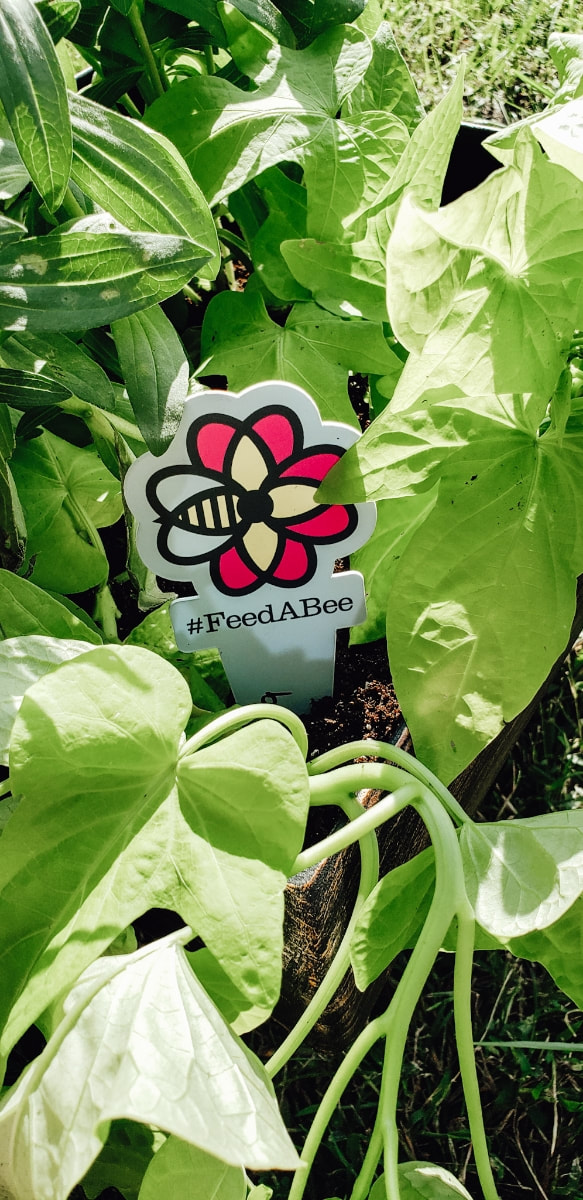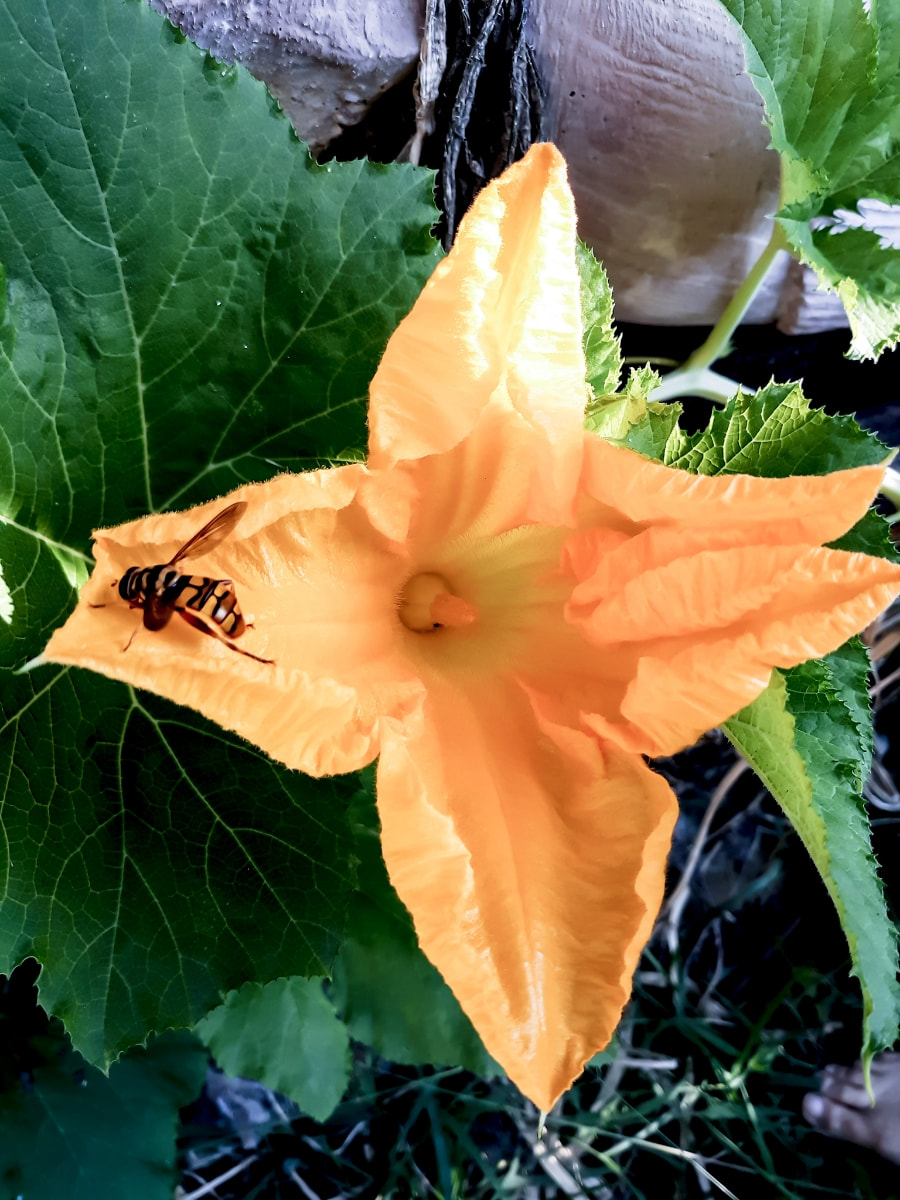|
Did you know that Bees are the most significant animal pollinator in nature.
It is estimated that one third of the food that we eat each day relies on pollination mainly by bees, but also by other insects, birds and bats. • Bees are attracted to flowers because flower nectar and pollen provides food for them. ... As they travel from plant to plant, some of the pollen that they carry will fall off onto other flowers as they make their journey, which helps pollination and the viability of plants! • The great diversity among species of bees means that there is a great risk of losing species before we understand them. Many bee species have developed extremely complex and intricate relationships with plant species. These relationships provide pollination for plants that could otherwise never reproduce. With the loss of bees comes the loss of many plants. • We can help offset the decline of bee colonies by planting flowers that bees are attracted to. Some of the plants to make a bee garden are Clover Crocus, hyacinth, borage, calendula, and wild lilac provides enticing Spring blooms. Bees feast on bee balm, cosmos, echinacea, snapdragons foxglove, and hosta in the Summer. • For Fall, zinnias, sedum, asters, witch hazel and goldenrod are late bloomers that will tempt foragers. Bees are vital for our ecosystem and neccessary for human survival. If we all do our part and help plant flowers favorited by bees we can help sustain the colonies. Find more info on events and what you can do to help at the link below or follow #FeedABee on Instagram! Together each one of us can make a difference!
1 Comment
|
Archives
July 2023
Categories
All
|
Photo from Pest15







 RSS Feed
RSS Feed

